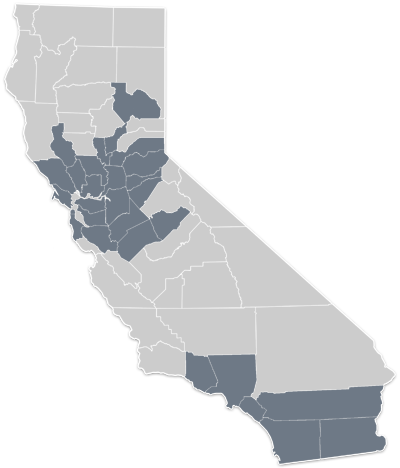Subscribe to Our Newsletter

The California High Technology Crimes Task Force strategy was created in 1998 through Senate Bill 1734, to help combat computer-related crimes such as network intrusions, computer hacking, counterfeiting and piracy, theft of trade secrets, theft of high tech related equipment, and telecommunications fraud.
This legislation established the High Technology Theft Apprehension and Prosecution (HTTAP) Program which is now managed through the California Emergency Management Agency (Cal EMA). The HTTAP Program includes five regional Task Forces covering 29 counties and encompassing a population of over 31 million. The program was expanded in 2001 to include an identity theft component.

The mission of the HTTAP Program is the investigation, apprehension, and prosecution of high technology crimes and to combat identity theft. High technology crimes (or cybercrimes) are generally defined as any type of illegal activity that makes use of the internet, a private or public network, or an in-house computer system.
The directed groups of attack are the following three categories: personal, property, or government. Following are the components of cybercrime:
The HTTAP Task Forces partner with the private industry to help companies prevent, detect, and respond to computer-related crimes. The Task Force’s personnel are highly trained professionals who also draw upon the expertise of private industry, academia, and government IT specialists to serve the corporate and individual citizens of California.